April may bring showers, but it also brings a host of opportunities. This issue of Start Healthy is full of ideas to help you make the most of spring, including a list of beginner-friendly extreme sports, a closer look at controversial foods, strategies to help you spend less on your groceries, and a guide to materials you can recycle and compost.
Despite what you may believe, extreme sports don’t necessarily require special skills or intensive training. This issue includes a list of activities that are perfect for beginners and are sure to get your heart pumping.
Determining if a food is good or bad for you isn’t always easy due to differing opinions and research. Be sure to check out the article inside for a closer look at several controversial items and why they may be considered healthy or unhealthy.
While grocery shopping is a necessity, it can often come at a high expense due to the rising cost of goods. Use the simple strategies in this issue to help you save big on your grocery bill this month.
Composting and recycling are two effective ways of taking care of the environment and creating a more sustainable lifestyle. Inside you’ll find a guide on how to sort organic and reusable materials to keep them out of landfills and turn them into valuable resources.
Here's hoping you have an amazing April! As always, it’s a pleasure to send you this magazine.
You don’t need to be a professional athlete to enjoy the adrenaline rush of an extreme sport. Whether it’s a snow sport like skiing or snowmobiling or a challenging water sport like paragliding or surfing, there are several extreme sports even a novice can enjoy.

Although not all extreme sports require advanced skills, it’s still essential to understand your abilities and limitations so you can avoid a potentially serious injury. Before embarking on this adventure, consult with a well-trained instructor who can educate you on the safety and fundamentals needed to engage in the sport of your choice. Whether you’re an adrenaline junkie with a desire to participate in a safe, exciting adventure or a sports enthusiast with a bucket list, consider the following extreme sports fit for any beginner.

You don’t have to go hang gliding or wingsuit BASE jumping to enjoy the adrenaline rush that pro air sports provide. There are plenty of options to choose from that can either get your blood pumping or give you a relaxing adventure—or both!
Hot-air ballooning
Do you love heights? If so, hot-air ballooning may be the perfect adventure for you. There’s nothing like gliding through the air 1,000 feet above the earth’s surface with amazing 360-degree views. Plus, it’s easy to find a place to experience hot-air ballooning since many businesses and festivals around the country offer exciting excursions throughout the year.
Paragliding
Described as a free-flying, foot-launched aircraft, a paraglider enables you to soar as high as 15,000 feet and travel far distances. Launching from a tall cliff will usually provide the best experience, as there will be higher winds than at lower altitudes.
Skydiving
Ask anyone who has jumped out of a plane how it was, and they’ll likely tell you that it was the biggest adrenaline rush they’ve ever experienced. Jumping as a beginner will require preparation to ensure a safe yet thrilling dive; you’ll typically do a tandem jump your first few times, though some places may allow you to jump solo from the start with more extensive training.
Indoor skydiving
Skydiving is not for the faint of heart, but if it’s an adventure that intrigues you, consider indoor skydiving. Here you can experience what it’s like to free-fall or float in midair without the risks of jumping out of a plane. And the best part is that there are very few restrictions for partaking in this sport.

Some mountain sports, such as trekking and rock climbing, require more training and aptitude than others. However, many do offer less difficult options that a novice mountaineer can take advantage of, and there are plenty of others you can tackle as a beginner.
Mountain biking
Although mountain biking is considered a high-risk sport, it can still be enjoyed no matter your skill level. Find a smooth, uniform trail to bike along, or get more adventurous and take on rough, rocky terrain.
Sandboarding
Not a snow lover? Consider giving sandboarding a try. Pick a dune or mountainous, sandy terrain, and sandboard down it by standing, sitting, or lying on your belly on the board. You’ll be surprised at how fast you can go—and if you become proficient, you can even try some flips and tricks.
Zip lining
For a low-effort yet exhilarating experience, go on a zip line adventure. The zip line pulley-and-lock system enables you to fly high above the environment from one ledge to another. Whether you’re in a rain forest, mountainous region, canyon, or another picturesque location, this sport is perfect for taking in the beauty around you.

Kayaking, surfing, and Jet Skiing can all be classified as extreme sports, depending on how you engage in them. But even for the tamer versions, you will still likely need to obtain some training before you’re able to participate.
Scuba diving
There are many types of scuba-diving adventures that can appeal to divers of all skill levels. However, open-water diving is the most popular for beginners. This dive takes place in an open body of water to a maximum depth of fifty-nine feet, far from shore to avoid obstructions. There’s also no upper age limit, making it a perfect extreme sport for an older crowd.
White water rafting
This sport offers many levels of difficulty for the thrill seeker. With options ranging from calmer waters to choppy, rocky terrain and whirlpools, you can decide how challenging you want this inflatable-raft ride to be.

Aside from the usual suspects, such as snowmobiling, snowshoeing, and downhill or cross-country skiing, there are several other exciting and fun extreme winter sports you can experience.
Ice yachting
This sport involves winterized boats called “ice yachts” racing each other by sliding across the ice at incredible speeds. Similar in appearance to a sailboat, an ice yacht can be as large as forty feet long and hold up to seven people.
Snow kayaking
Head to your nearest sledding hill or ski resort to experience the adrenaline of snow kayaking, a combination of snowboarding, kayaking, and speed riding all in one. It’s a simple yet fast-paced sport—all you have to do is ride down a hill in a kayak, using a two-bladed paddle to help you steer. Some locations even offer snow kayaking races.
Snow kiting
The sport of snow kiting has become a popular, family-fun winter activity, combining kite flying and skiing or snowboarding simultaneously. The wind caught by your kite gives you the power to glide over snow-capped terrain, sometimes at pretty high speeds.
Although participating in extreme sports can be fun filled and adrenaline charged, it’s not to be taken lightly. Be sure to consult with your health professional before starting a new activity, especially if you have any preexisting conditions.
There are some foods that seem to teeter-totter between being good and bad for your health, leaving you feeling uncertain about what you should eat or drink. Should you trust in the health benefits of foods like dairy or abstain due to potential drawbacks? Are eggs a health boost or an unnecessary indulgence? Why can’t anyone just make up their mind?
It’s time to put these iffy foods under a microscope and determine which are actually healthy. Should you incorporate the following foods and beverages into your diet—or avoid them altogether?
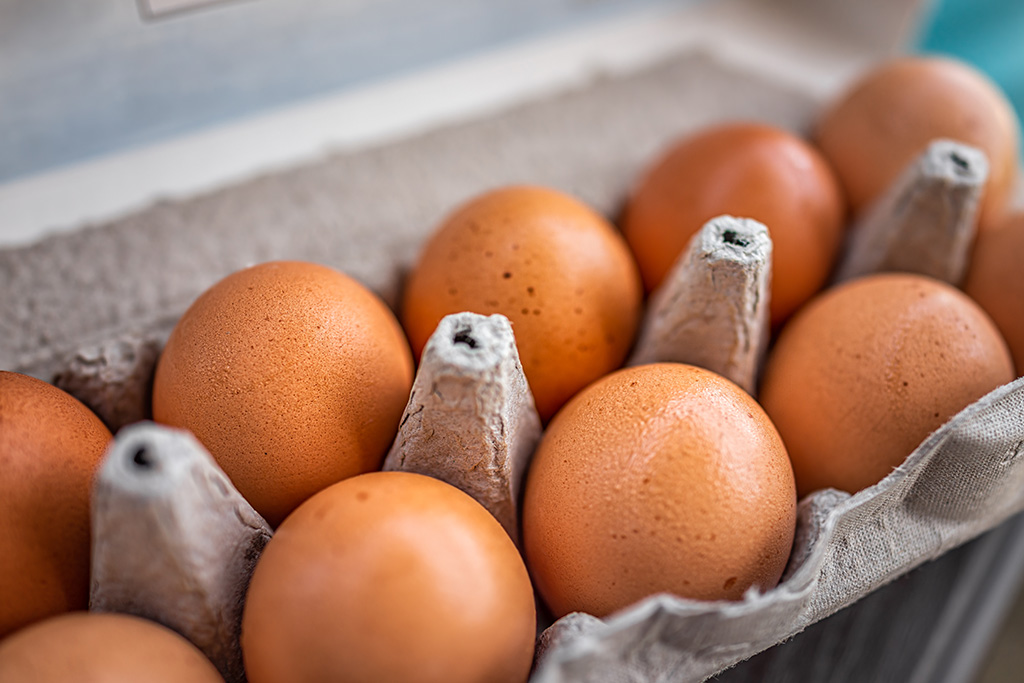
One of the most controversial foods, eggs are known for both their many nutritional benefits, including protein and antioxidants, and their counteracting risks like cholesterol and saturated fat, which can impact heart health. “What you get with an egg—for virtually no sugar or carbs—is some great fat-soluble vitamins: A, E, and D,” says registered dietician Scott Keatley. Regardless, the American Heart Association has officially ruled that people should enjoy only one full egg per day. Any more and you may consume excess cholesterol, a contributor to high blood pressure and other heart-health risks.
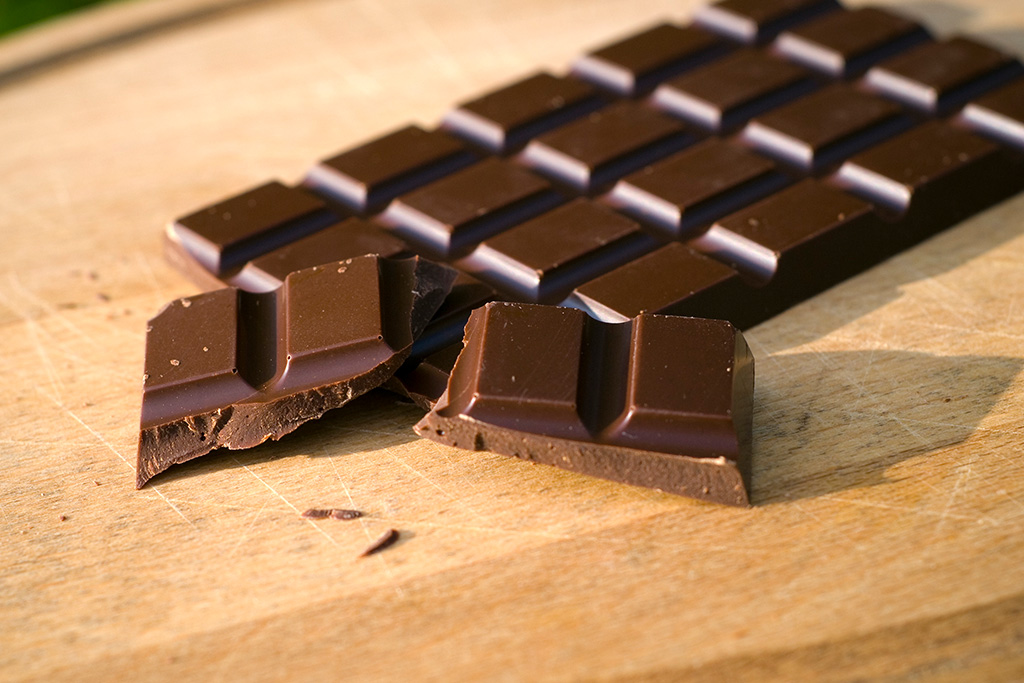
The benefits of chocolate, one of the world’s favorite foods, largely depend on which type you eat. Both cacao and raw cocoa beans have a compound called flavanols, which have anti-inflammatory properties that can help prevent cardiovascular disease and cancer. Natural dark chocolate is rich with these flavanols, allowing you to maximize its health perks without ingesting too much sugar. Sweet white and milk chocolates, on the other hand, often only contain minimal flavanols due to their low amounts of cocoa solids, high amounts of additives, and excess processing.
For the healthiest chocolate, shop for treats that contain at least 70 percent cacao and no alkali ingredients, which strip chocolate of its natural bitterness and, consequently, its benefits. Check the fine print in or around a product’s ingredients list for alkali processing. Also, remember to keep an eye on the nutrition label and serving size, as a healthy serving of chocolate may be as small as a few ounces.
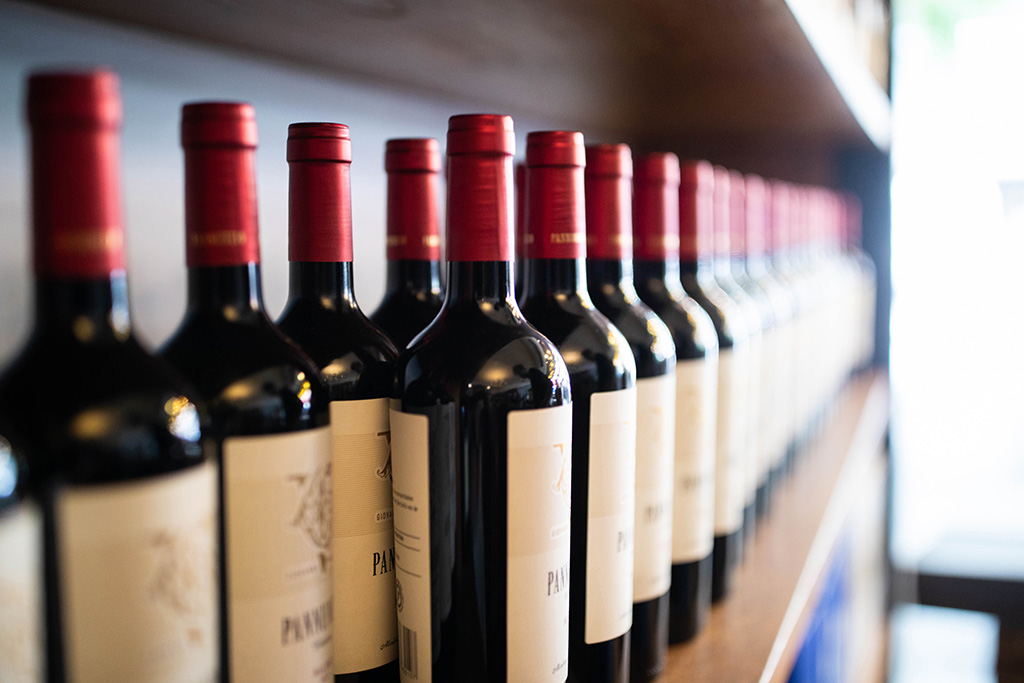
Wine is similar to eggs in that moderation is essential to enjoying the pros without the cons. It has many compounds that can help improve your health, including anti-inflammatory flavonoids (the parent compound to flavanols) and resveratrol, which can reduce stress, improve your mood, and help prevent heart disease. However, exceeding one four-ounce glass of wine per day can instead increase your risk of heart disease. Overdrinking can also damage your liver and make you exceed your daily recommended limit of sugar.

The world’s most popular beverage can’t possibly be harmful to everyone who relies on a morning mug, right? Well, you don’t have to worry. Many of the supposed risks of coffee, like heart palpitations and an inability to focus, are largely mythical or attributed to excessive consumption: more than five cups per day. (To be clear, that’s five cups in liquid measurement terms, not five full mugs of coffee.) In fact, people who drink coffee regularly may actually have a reduced risk of heart disease, cancer, type 2 diabetes, and even gout.
More reasonable concerns, though, are the side of effects of coffee dependency, including the fatigue and irritability you experience when you miss out on your daily cup of joe. Also, those who suffer from hypertension should monitor their consumption, as coffee can raise your blood pressure, albeit slightly. And, of course, adding sweeteners and fatty creamers to your coffee can counteract many of its benefits, so a sweet latte that just happens to contain coffee is certainly not a health food.
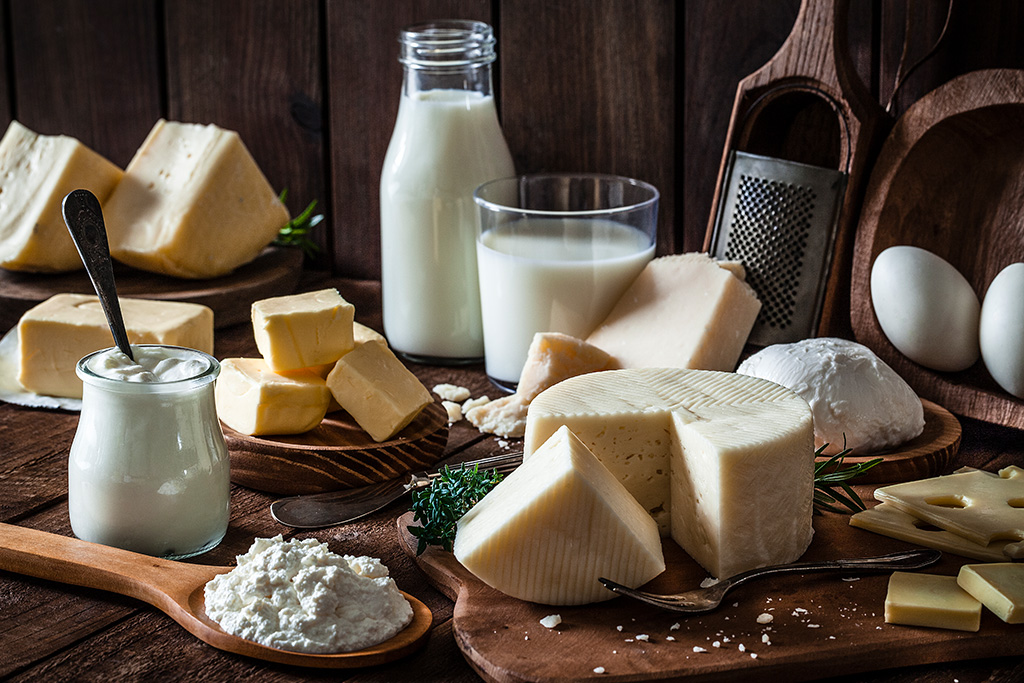
One of the ficklest foods in the health world, dairy seems to be as revered for its benefits like vitamin D as it is reviled for its potential health risks, which range from acne to weight gain to heart disease. However, some of the associations between dairy and declining health are misleading. After all, “dairy” encompasses a plethora of foods, including a high-fat, high-sodium cheese and a simple glass of skim milk.
This means that some dairy products can actually be good for you, as long as you don’t have a milk intolerance or lactose allergy. According to Eating Well, an eight-ounce serving of milk contains eight grams of protein and high amounts of healthy nutrients like vitamin B12 and calcium. But being a conscious eater means taking note of other ingredients that may be lurking in popular dairy products, including excess sugar in yogurts that can spur an insulin spike and high levels of sodium in processed cheese products that can impact your cardiovascular health over time.

If you’re stressed about foods and drinks like these that send you mixed signals, just remember that there are many other foods that are undeniably great for your health, including leafy green vegetables and lean, white fish. You can also minimize your servings of unquestionably high-risk foods like deep-fried snacks and ones with excessive processed sugars. And, of course, you can review new research that emerges about controversial foods like the examples on this list—just remember that no matter what you read, only you and your doctor should make official determinations about your diet.
For more information, visit health.gov
With the cost of food increasing yearly, going to the supermarket can be an expensive jaunt—grocery prices last year saw some of the biggest increases since 1979. But before you commit yourself to a life of eating rice and beans and instant ramen, try these strategies that can help lower your grocery bills and make them easier to swallow.

Retailers tend to pull out all the stops to entice you to buy things you don’t need, like those candy bars and bottles of soda at the checkout line. To avoid giving in to impulse buys that will only jack up your bills, make it a habit to create a grocery list for every trip, even your quick, last-minute stops. Then stick to it! You should also avoid preprepared foods; they may be convenient, but they’ll just end up costing you more. For example, you can save a good amount of money by cutting your own veggies, shredding your own cheeses, and mixing up your own pancake mixes. Plus, your foods will be fresher, and you will know exactly what’s in them since you prepared them yourself.
If the grocery store produce is a bit too pricey, you could try buying from local food stands instead. You would not only spend less and support local businesses but also get fresher fruits and lower your carbon footprint by reducing the amount of energy required to get that food to you. Of course, you could always go super local by growing fruits, vegetables, and herbs on your balcony or in your own backyard. For just a few dollars and cents, you could get fresh produce all season long.
You can save plenty of dough with a cash-back credit card that gives you a percentage back of every dollar you spend. There’s a caveat, though: cash-back credit cards tend to charge higher interest rates than other credit cards. So unless you can pay off your balance on time every month, it might be best to stick with a regular credit card. Otherwise, you may lose whatever you save and then some on extra charges.

Look into whether stores you frequent offer money-saving rewards programs. For example, Target’s RedCard program offers a credit, debit, or reloadable option, which gives cardholders 5 percent off all Target purchases, including online, grocery pickup, and delivery orders. The card has no annual fees and provides free two-day shipping for most online purchases. Meanwhile, the Mastercard Capital One Walmart Rewards Card, which also has no annual fees, can earn you 5 percent back for orders on Walmart.com, 2 percent back for purchases made in Walmart stores (including grocery delivery and pickup orders), and 1 percent back everywhere Mastercard is accepted. But store cards also tend to charge high interest rates, so use them carefully.
Make the most of store apps—such as Target Circle, Whole Foods Market, and ones from Aldi, Kroger, ShopRite, and Walmart—that provide access to weekly circulars and alerts on deals, price cuts, and rewards. With many store apps, you can also check prices and see what’s in stock at your local store. Additionally, you could consider trying general shopping apps like Ibotta and Fetch, which aren’t store specific and may give you cash back no matter where you shop. To save money, just submit your receipts to get money back on qualifying goods.

If you like the idea of saving while shopping from home, try a subscription box from Misfits Market to save up to 40 percent on groceries. The service negotiates with farmers and other food producers to procure food that would otherwise go to waste, such as organic fruits and vegetables that have minor appearance defects but are perfectly fine otherwise.
You could also subscribe to a meal-planning kit to get both groceries and delicious recipes. When you cook your own recipes, you often need to buy a whole bottle of something just to get two tablespoons. A kit, on the other hand, comes with everything you need for two to six meals and in only the amount you need. Entrées made with less-expensive kits, such as ones from EveryPlate or Dinnerly, can cost about the same as shopping for the groceries yourself, but you won’t waste the time of getting them on your own.
Every year, Americans produce about 303 million tons of waste, with each person producing an average of five pounds of trash a day. That may be a lot, but there are still ways you can reduce your total waste and keep reusable resources out of landfills. While you may not be able to go completely waste-free, two habits everyone should consider getting into are recycling and composting, as both come with plenty of great environmental benefits. Here are some tips to help you get started in your journey toward living a more sustainable lifestyle.

Recycling is a relatively simple way to do your part to take care of the environment. Besides reducing the total waste you create, recycling helps to conserve resources by reusing recyclable materials and turning them into something new. This process reduces the amount of new materials that need to be collected, manufactured, and distributed, ultimately decreasing your carbon footprint and thus your contribution to pollution.
For how much goes into it overall, recycling is actually not a huge time commitment: it simply requires sorting through your trash before you place it in the garbage. To make it even easier, you can purchase a separate recycling bin to keep in your kitchen or a bin with two sections that you can dedicate to trash and recycling.
You can typically recycle paper, cardboard, aluminum, glass, and certain cartons and plastic containers, though some municipalities have stipulations on the type of materials they’ll recycle. There may also be other requirements, such as the now standard mandate to remove any food waste before recycling, so be sure to check your local policies. You can also read the label on any container or carton to see if it has the recycle logo, which is often a foolproof indicator that you’re good to recycle the material.
For special items such as plastic bags, batteries, and certain light bulbs, you can typically recycle them at local businesses or specially designated government bins. Better safe than sorry—always do a little research before you toss any item you’re uncertain about into your regular trash can.

Simply put, composting is the process of recycling food and other natural waste by allowing it to naturally decompose into organic materials. This process saves the waste from going to landfills, reduces greenhouse-gas emissions, and, as a bonus, creates a valuable resource for you. Compost is a great fertilizer for your garden or yard because it can increase your soil’s moisture retention and provide extra nutrients your plants may need.
Generally, you should compost any green materials, which are nitrogen-rich items such as fruits and vegetables, eggshells, nutshells, bread, grains, pasta, rice, tea bags, and coffee grounds. However, you’ll want to avoid putting in any greasy food scraps, meats, or dairy products since they can slow down the decomposition process and make your compost pile smell. You can also compost brown materials, which are carbon-rich items like uncoated paper products, cardboard, leaves, and branches.
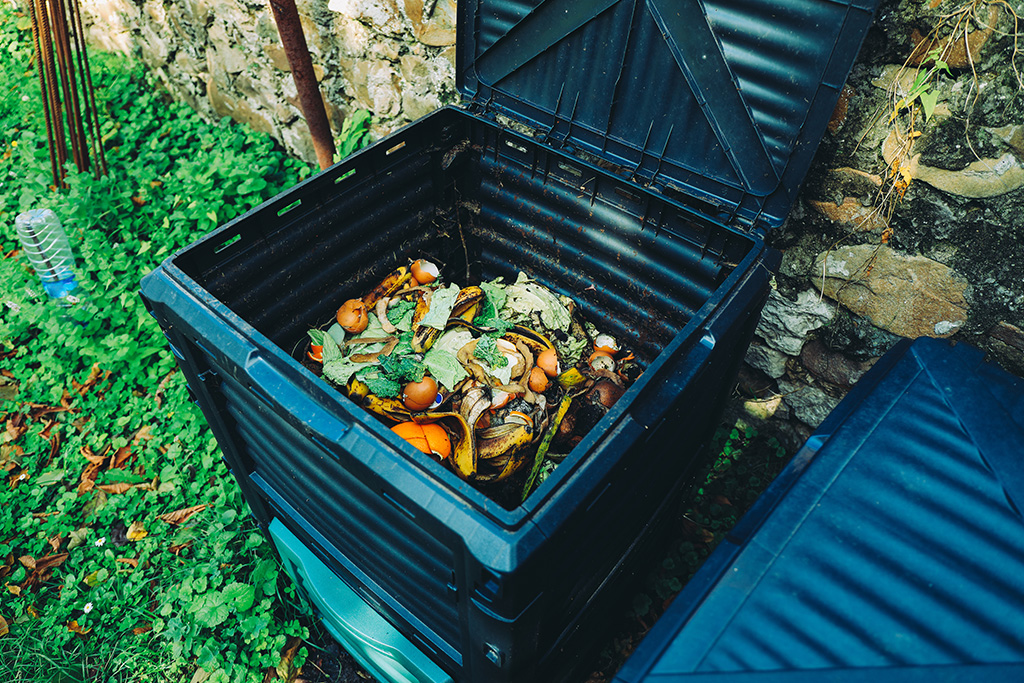
Most composting is done outdoors, as this allows compost piles to receive more natural airflow and water, which helps the organic materials decompose at a better rate. You can typically use any large bin, though you’ll want to be sure to have a lid so you can prevent critters from crawling into it. Once you’ve picked your bin, place a layer of branches on the bottom, and then add your organic items. It’s generally recommended that you alternate between green and brown materials, working to maintain a ratio of about four parts brown to one part green. However, you don’t have to be too exact with this since the material will break down either way. You’ll also need to keep your compost pile properly aerated and moisturized by periodically mixing everything with a long stick or pitchfork. This will ensure that all the material breaks down at the same rate and help prevent any unwanted smells.
If you aren’t looking to start a large compost bin or live in an apartment or condo, composting is easier than ever with small composting bins that you can set on your counter or hang in a cabinet. While you won’t be able to place larger items in these bins, they are great for your daily food scraps and will keep this organic material out of your trash bin.
To help you better keep track of what goes where, consider printing and hanging the following guide on what’s recyclable and compostable somewhere in your kitchen. It’s better to be safe than sorry. By composting and recycling, you can actively reduce your total waste and live an eco-friendlier life.
Download the Composting and Recycling PDF







